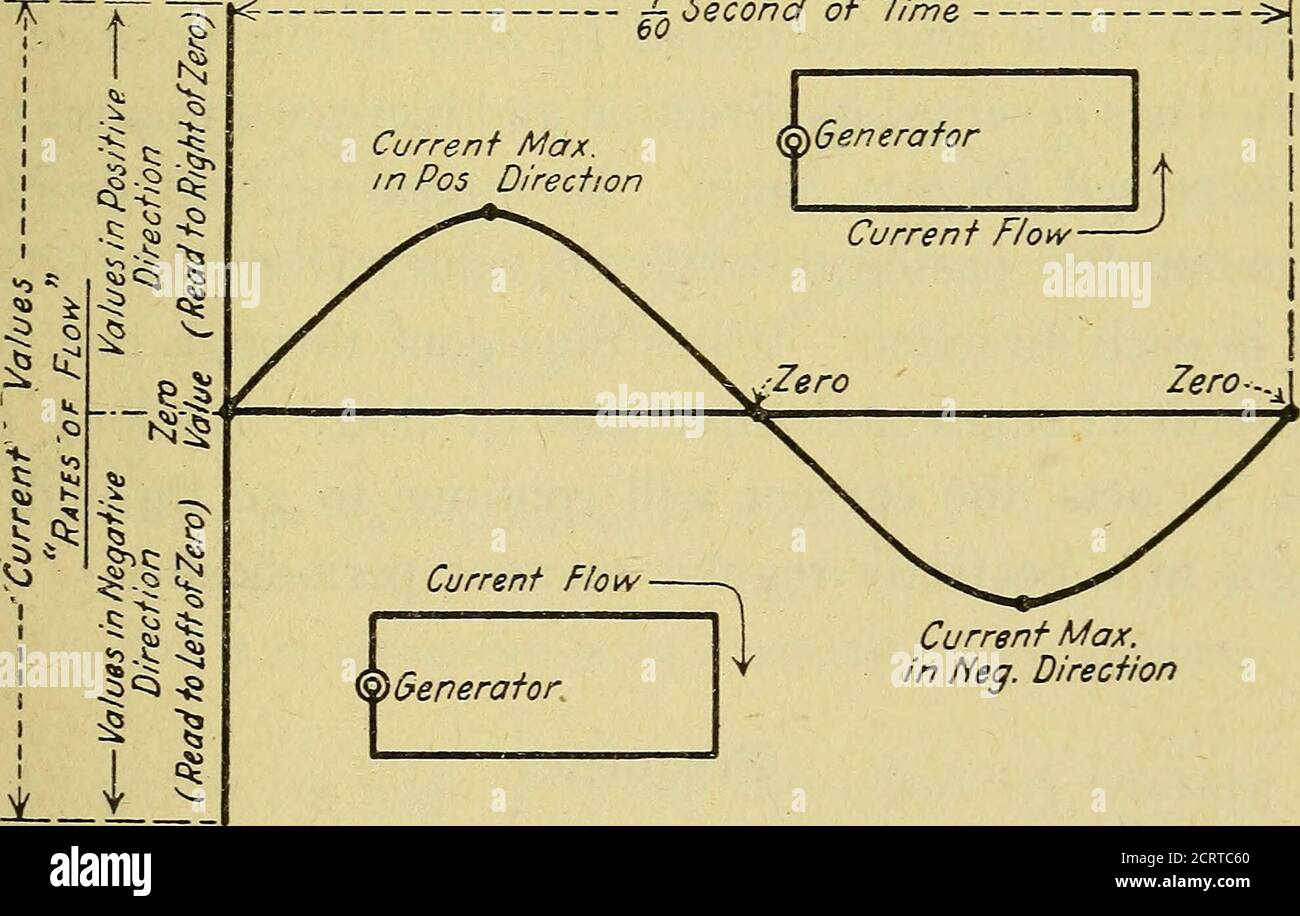. The A B C of vacuum tubes in radio reception; an elementary and practical book on the theory and operation of vacuum tubes as detectors and amplifiers. Explains non-mathematically the fundamental principles upon which all vacuum tube circuits are based. Includes practical circuits and practical questions and answers. It is written especially for the beginner. All electrical and radio terms are fully explained . and is the first fundamental law of electrical circuits. Direct Current If the E. M. F. applied in a circuit is steady and only actsto force the current to flow in one direction throu

Image details
Contributor:
Reading Room 2020 / Alamy Stock PhotoImage ID:
2CRTC60File size:
7.1 MB (289.1 KB Compressed download)Releases:
Model - no | Property - noDo I need a release?Dimensions:
1983 x 1260 px | 33.6 x 21.3 cm | 13.2 x 8.4 inches | 150dpiMore information:
This image could have imperfections as it’s either historical or reportage.
. The A B C of vacuum tubes in radio reception; an elementary and practical book on the theory and operation of vacuum tubes as detectors and amplifiers. Explains non-mathematically the fundamental principles upon which all vacuum tube circuits are based. Includes practical circuits and practical questions and answers. It is written especially for the beginner. All electrical and radio terms are fully explained . and is the first fundamental law of electrical circuits. Direct Current If the E. M. F. applied in a circuit is steady and only actsto force the current to flow in one direction through a circuitthe resulting current is steady and is called a direct current. INTRODUCTORY 19 If the E. M. F. rises and falls but only acts in one directionthe resulting current rises and falls and is called a pulsatingdirect current or a pulsating current. Batteries produce asteady direct current in one direction through a circuit. Manydynamos, however, produce a pulsating E. M. F. which causesa pulsating current to flow (in one direction only) througha circuit. The periodical increases and decreases of E. M. F.and current may be made very small, however, so that theyare hardly perceptible. Alternating Current Imagine that instead of a battery we have a dynamic gen-erator of electrical pressure in a circuit and that the E. M. F.produced acts in first one direction, then the other, and that ^ Second of Time. Current Max.in Heg. Direction Fig. 3—One cycle of current changes and reversals. per second. Frequency 60 cycles while acting in each direction it increases to a maximum valueand decreases to zero. The current created will also changeits direction of flow and increase and decrease in strengthperiodically, as shown in Fig. 3. Such a current could be 20 A B C OF VACUUM TUBES said to alternate in its direction of flow and is aptlycalled an alternating current. These alternations or rever-sals of current flow, with their accompanying increases anddecreases in rate of flow, take